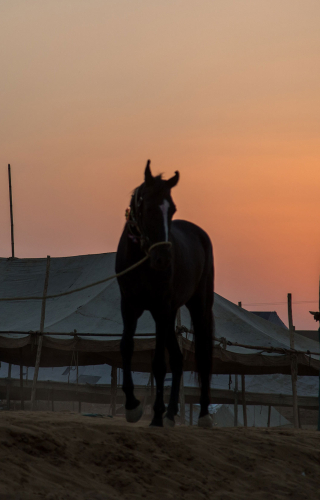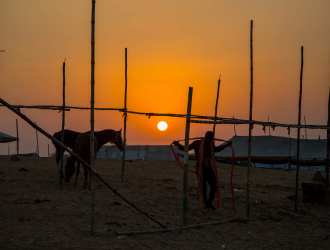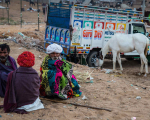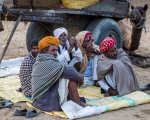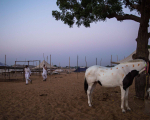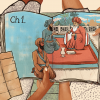The animal breeders and traders at the last livestock fair in Pushkar were a malcontented lot, their wizened faces, under colourful turbans, lined with worry. Old hands at Pushkar, they had been witnessing the decline of the mela since at least the 1990s with increasing mechanisation, even as Pushkar was growing in fame as an exotic Indian tourist destination and a mecca for photographers from all over the world. The mela hit a new low in 2017 when the government banned the entry of horses. A horse had died of the deadly glanders disease in a nearby village and the government was not prepared to risk an epidemic. A few defiant horse breeders and traders grumbled as they pitched their solitary tents on the sandy mela grounds, and tethered their horses to weathered neem and jhand trees. They petitioned the government and protested—one of them even threatening to jump off the RCC overhead water tank at the grounds and become their cause célèbre—but plenty of others stayed away. The grounds bore a deserted look and an air of gloom hung over the place. Skeletons of wooden poles for pitching tents stood uncovered like the bare bones of the fair.
